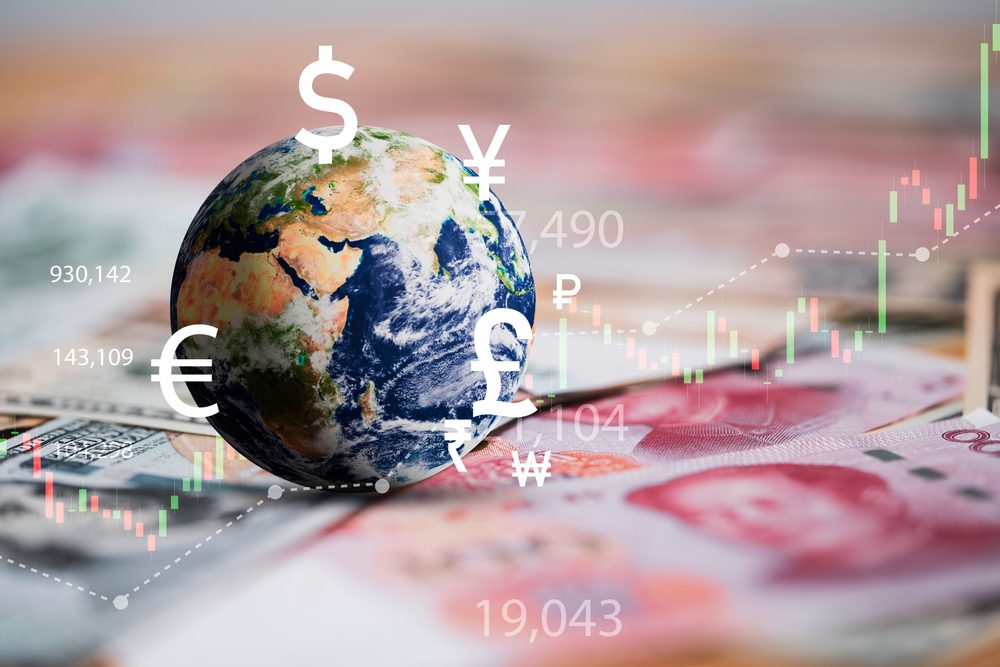
Are you curious about the world’s richest countries? Wealth can come in many forms, from natural resources to technology and industry. This list of the 10 wealthiest nations will give you a glimpse into how each country uses its wealth for everyday life. From the United States to China and India, these are some of the most influential economies on earth with residents who benefit from their status as one of the richest countries in existence. Take a look at this list to discover what makes them so wealthy!
Table of Contents:
United States
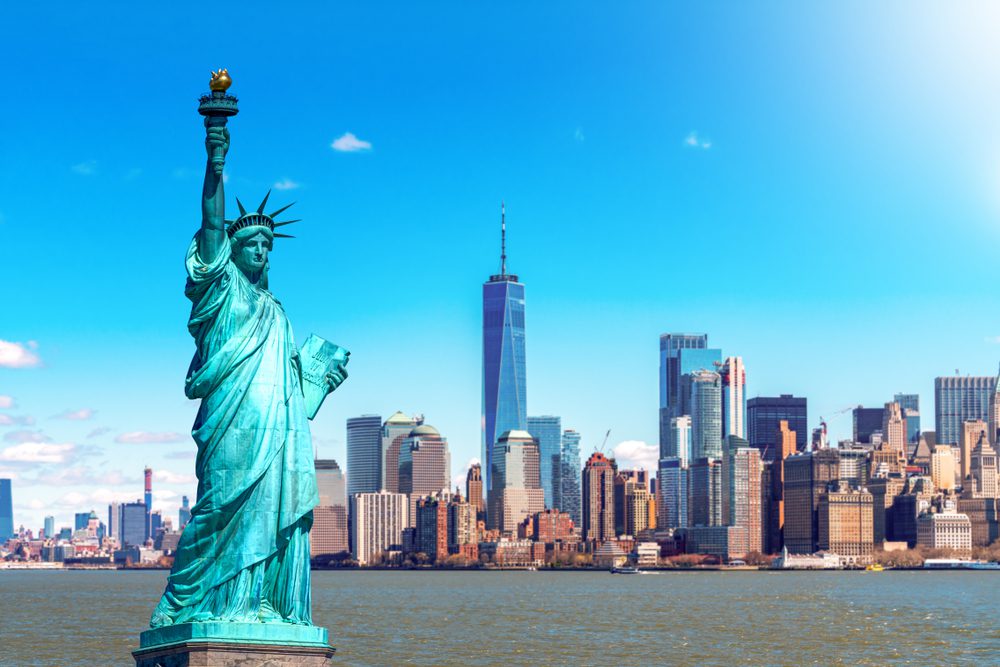
The United States is the wealthiest country in the world, with a GDP per capita of $62,794 and a total GDP of $20.5 trillion. This wealth is distributed unevenly across the population, with some individuals enjoying much higher incomes than others. The economy of the United States is driven by three main sectors: services, manufacturing, and technology.
GDP per Capita: The average income for an individual in the US is around $62,794 which means that each person earns on average this amount annually. This number has been steadily increasing over time as economic growth continues to rise and more people are able to find employment opportunities that pay well above minimum wage or other low-paying jobs.
Economic Sectors: Services make up a large portion of the US economy at approximately 79%. This includes industries such as healthcare, finance and insurance, retail trade, and professional services like legal advice or accounting services. Manufacturing makes up 12% while technology accounts for 9%. These sectors provide high-quality goods and services that help drive economic growth within America’s borders and also around the world due to its global reach through exports from these industries.
The United States is a powerful and wealthy nation, but it still has room to improve in terms of wealth distribution. Now let’s look at the economic power of China.
China
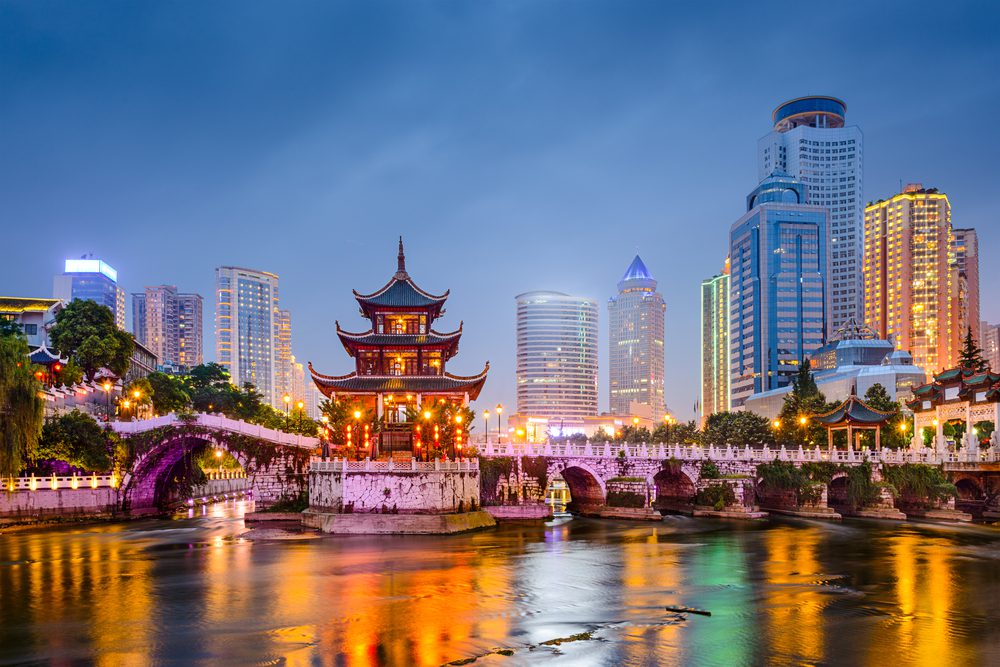
China is the second-richest country in the world, with a GDP per capita of $10,222 and a total GDP of $14.2 trillion. Its economy is driven by the services, manufacturing, and technology sectors. Wealth distribution across China’s population is uneven; while some regions have seen economic growth since reforms began in 1978, others remain underdeveloped.
GDP Per Capita: The average Chinese citizen earns an estimated $10,222 per year according to World Bank data from 2018. This figure puts China ahead of many other countries in terms of income levels but still behind more developed nations such as the United States ($62,641) and Germany ($48,541).
Economic Sectors: Services is now the largest sector within China’s economy at around 50%, followed by industry (manufacturing) at 40% and agriculture at 10%. Technology has become increasingly important for both domestic consumption and export markets over recent years; it now accounts for nearly 20% of all exports from China.
Despite overall economic growth since 1978 when market reforms were introduced in China, there remains significant inequality between different parts of the country when it comes to wealth distribution. For example, Shanghai has one of the highest GDP per capita figures in Asia whereas poorer provinces such as Guizhou lag far behind on this measure despite having made progress over recent decades
China has made tremendous strides in economic growth and wealth distribution, but Japan is still a close second when it comes to the richest countries. Let’s take a look at what makes Japan so wealthy.
Japan
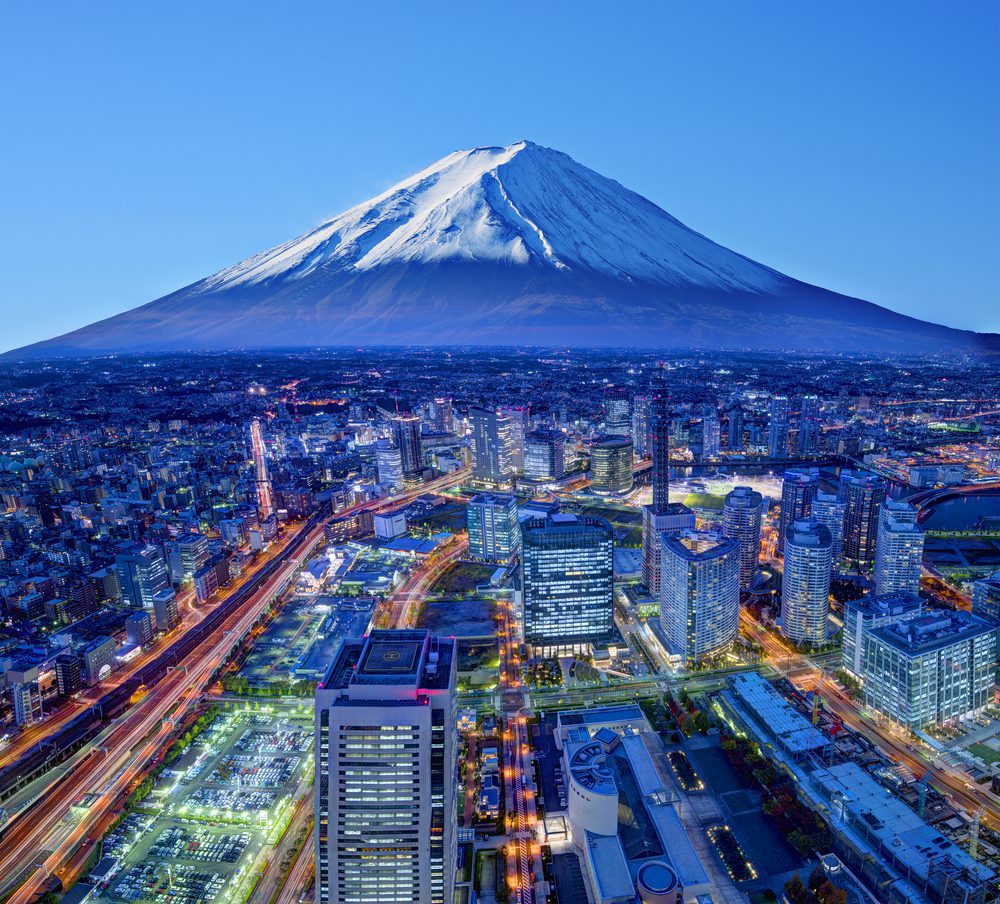
Japan is the third-richest country in the world, with a GDP per capita of $39,859 and a total GDP of $5 trillion. This makes it one of the most prosperous countries in terms of economic output. Its economy is driven by services, manufacturing, and technology sectors that contribute to its overall wealth.
GDP per Capita: Japan’s Gross Domestic Product (GDP) per capita stands at an impressive $39,859 as of 2023. This means that on average each person living in Japan has access to more resources than those living in many other countries around the world.
Economic Sectors: The Japanese economy is divided into three main sectors – services (which account for 70% of GDP), manufacturing (25%), and technology (5%). Services include banking and finance, retail trade, transportation, and communications industries while manufacturing covers automobiles, chemicals production as well as electronic goods production. Technology includes research & development activities related to robotics and artificial intelligence which are becoming increasingly important for businesses operating within Japan’s borders.
Japan has a strong and diverse economy, with high GDP per capita and wealth distribution that reflects its importance in the global economy. Now let’s look at Germany to see what makes it one of the world’s richest countries.
Germany

Germany is one of the wealthiest countries in the world, with a GDP per capita of $48,111 and a total GDP of $3.9 trillion. Its economy is driven by the services, manufacturing, and technology sectors. The service sector accounts for around 70% of Germany’s economic output while industry makes up 28%.
GDP per Capita: Germany has one of the highest GDP per capita in Europe at 48,111 USD. This means that it ranks fourth globally when it comes to average income levels among its citizens. This high level of wealth allows Germans to enjoy a higher standard of living than many other nations across the globe.
Services make up the largest portion (70%) of Germany’s economy, followed by industry (28%). Within these two main sectors are various sub-sectors such as finance and insurance; real estate; business services; transportation; communication; retail trade; health care and social assistance; education services, and public administration – all contributing significantly to German economic growth over time.
Germany is one of the world’s most powerful and influential economies, with a strong focus on exports. Despite its wealth, there are still disparities in terms of income distribution within the country. Next up is India, another major economic power that has seen tremendous growth in recent years.
India
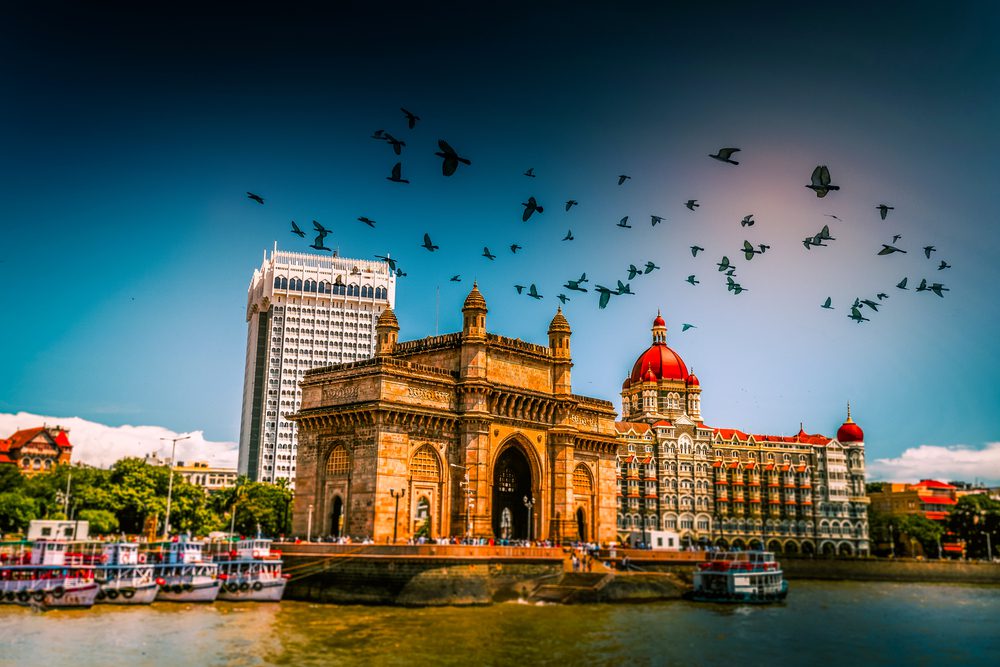
India is one of the world’s fastest-growing economies and a major player in global trade. Its Gross Domestic Product (GDP) per capita has been steadily increasing over the past few years, reaching $2,170 in 2018. India’s economic sectors are highly diversified, with services accounting for nearly 60% of its GDP followed by industry at 28%. Agriculture accounts for 12% of its total output.
The wealth distribution in India is heavily skewed towards the top 10%, who own around 70% of all assets while the bottom 40% own only 5%. The richest 1 percent holds more than four-fifths of the country’s total wealth. This inequality has grown significantly since 2000 when it was less than two-thirds of that level.
In terms of employment opportunities, agriculture still employs most people (around 50%) but this number is declining as more and more people move to urban areas looking for better job prospects or higher wages. Manufacturing and services have become increasingly important sources of employment over recent decades as well as contributors to GDP growth.
India also boasts an impressive infrastructure network which includes roads, railways, ports, and airports connecting different parts of the country together and facilitating trade between them. It also has a large telecommunications sector that provides internet access to millions across rural areas where traditional means such as cable TV may not be available or affordable due to cost constraints or lack of availability altogether due to geographical location challenges faced by many Indian villages/townships/cities etc.
Overall, India remains an attractive destination for investors due to its rapidly expanding economy combined with low labor costs compared to other countries in the Asia Pacific region. This makes it a viable option for businesses looking to set up operations here given their need and requirement from a production point of view.
FAQs in Relation to Richest Countries
Which country is no 1 rich country?
According to the International Monetary Fund’s World Economic Outlook Database, the United States is currently ranked as the world’s wealthiest country. It has a GDP (Gross Domestic Product) of over 21 trillion US dollars, which is more than double that of China, its closest rival. The US also boasts one of the highest per capita incomes in the world and a large consumer market. Its economic power is further bolstered by its technological advancements and strong military presence around the globe.
Which country is the richest in 2023?
It is difficult to definitively answer which country will be the richest in 2023. However, according to current economic trends and projections, some of the countries that are likely to remain at the top of global wealth rankings include the United States, China, Japan, Germany, India, and the United Kingdom. These countries have strong economies with large populations and a wide range of industries that contribute significantly to their GDPs. Additionally, many other countries such as Canada and Australia may also experience significant growth over this period due to their natural resources and trade relationships with other nations. Ultimately though it is impossible to predict exactly which country will be the wealthiest in 2023 without further information about future economic conditions around the world.
Why US is the richest country?
The United States is one of the wealthiest countries in the world due to its strong economic system, access to resources, and highly educated population. The US has a large consumer market which drives innovation and productivity, while its abundant natural resources provide it with an advantage over other nations. Additionally, the US has invested heavily in education and research resulting in technological advances that have enabled businesses to become more efficient and productive. Finally, the country’s political stability provides a secure environment for investment which further contributes to its wealth. All of these factors have enabled the US to become one of the world’s most prosperous nations.
Which countries are richer than us?
The United States is one of the wealthiest countries in the world, but there are many other nations that have higher GDPs per capita than us. According to World Bank data from 2023, Qatar has the highest GDP per capita at $129,726 USD followed by Luxembourg ($109,192 USD), Singapore ($90,531 USD), Ireland ($80,923 USD), Norway ($78,709 USD) and Brunei Darussalam ($76,743). Other countries with higher GDPs than the US include Switzerland (GDP/capita of $63.837USD), Netherlands (GDP/capita of $53.782USD), Austria (GDP/capita of $51.441USD), and Denmark (GDP/capita of $50.347USD). All these countries have a much higher average income than the US which had an estimated GDP per capita in 2023 of around $62k USD.
Conclusion
In conclusion, the 5 richest countries in the world are the United States, China, Japan, Germany, and India. Each of these countries has its own unique way of using its wealth to benefit its citizens. For example, the US is known for its strong economy which provides job opportunities and high wages for many Americans while China has invested heavily in infrastructure projects such as roads and bridges to improve transportation within the country. In Japan, residents enjoy a high quality of life with access to advanced healthcare services while Germany’s focus on innovation has led to advancements in technology that have been beneficial for businesses around the world. Finally, India has seen an increase in foreign investment due to its growing population which helps create more jobs and economic growth. All these examples demonstrate how each of these wealthiest countries uses their resources differently but all with one common goal: providing a better future for those who live there.
It’s time to take action and find solutions for the world’s richest countries. We need to focus on improving access to resources, increasing economic opportunity, and reducing inequality in these nations so that everyone can benefit from their wealth. By working together with governments, businesses, non-profits, and other stakeholders we can make a real difference towards creating a more equitable global economy. Let us strive for progress by taking steps today toward creating lasting change!
from 10 Most Today https://ift.tt/g6BJD52
via IFTTT






0 komentar:
Posting Komentar